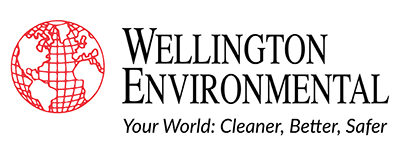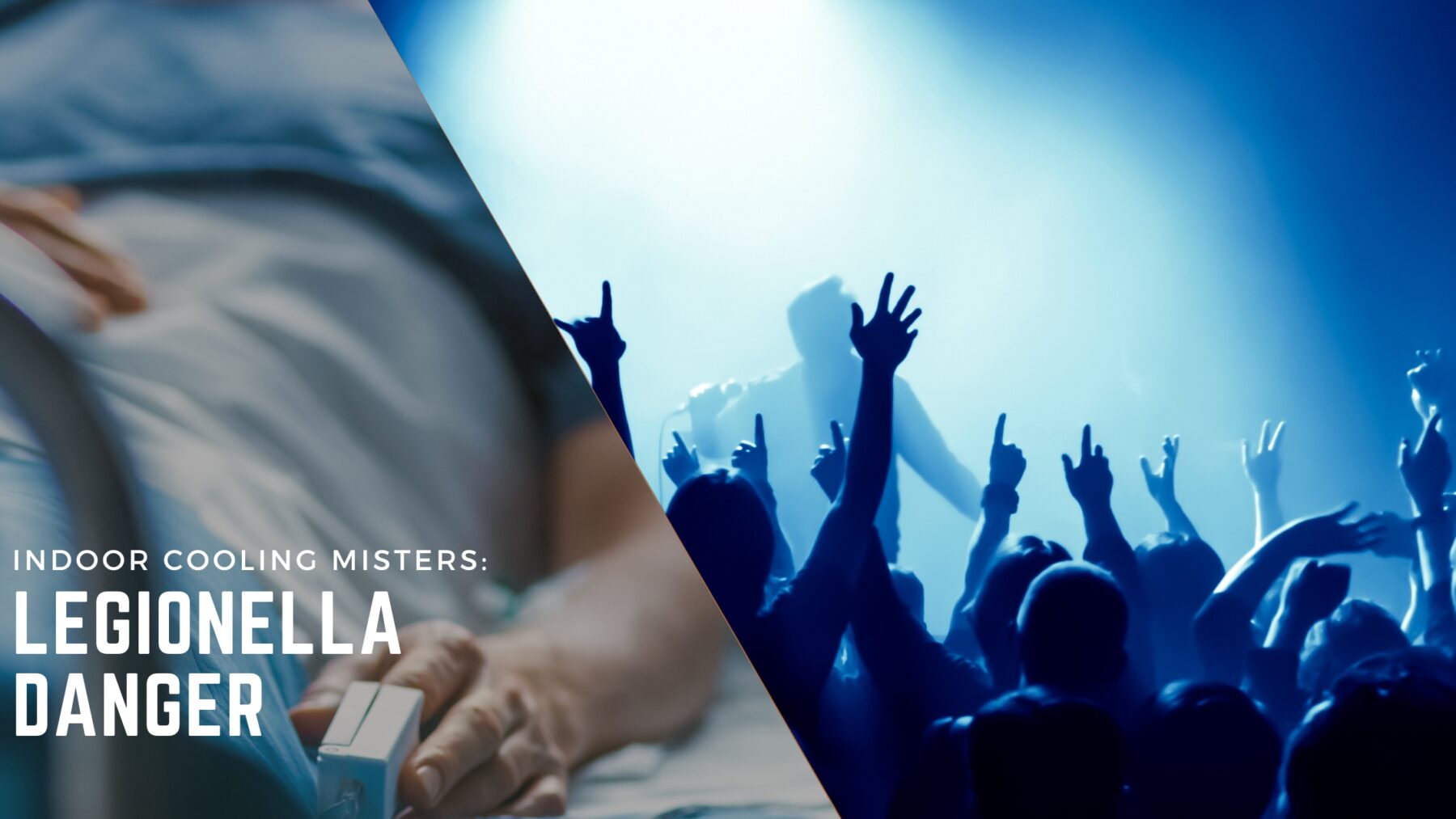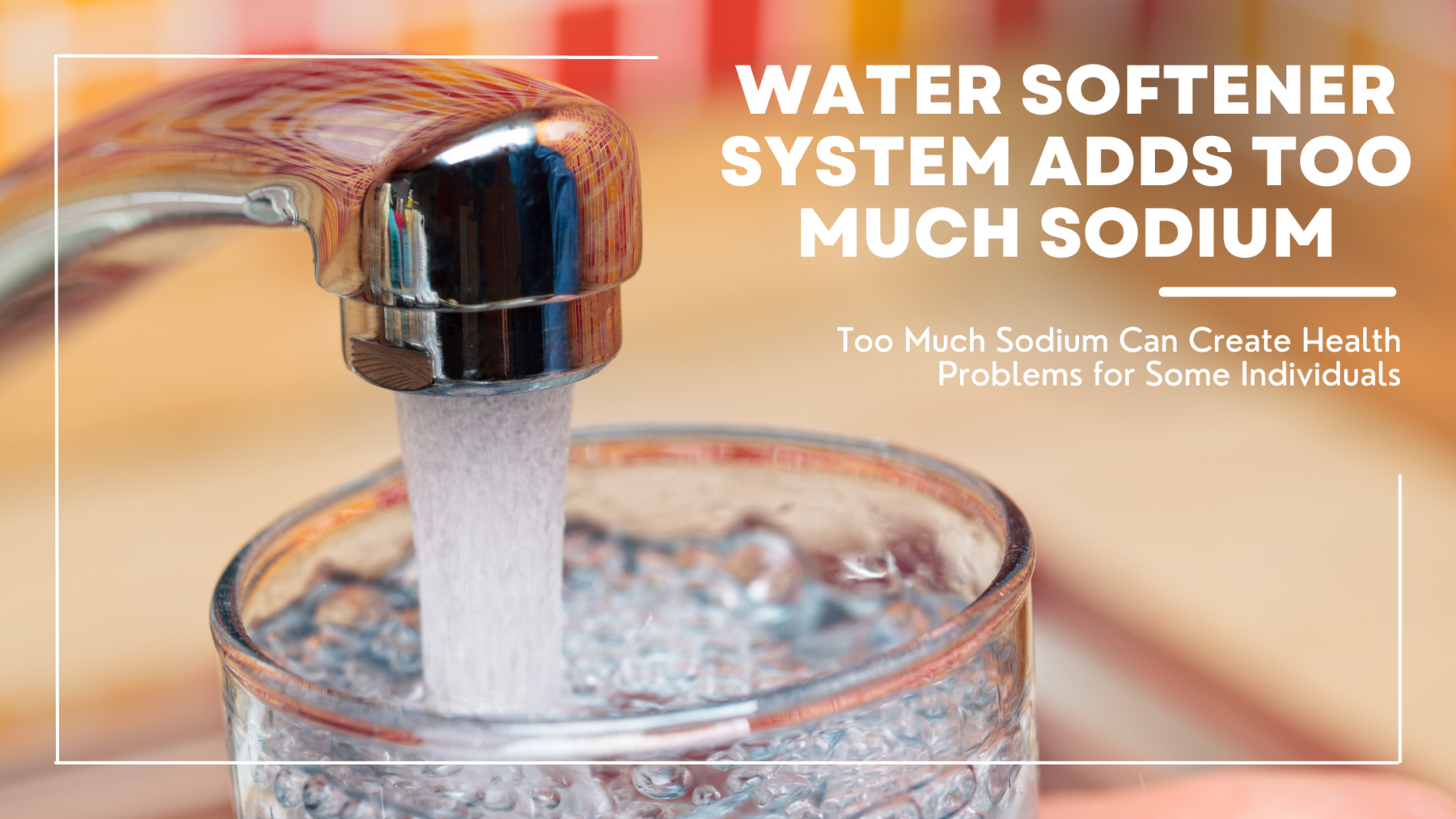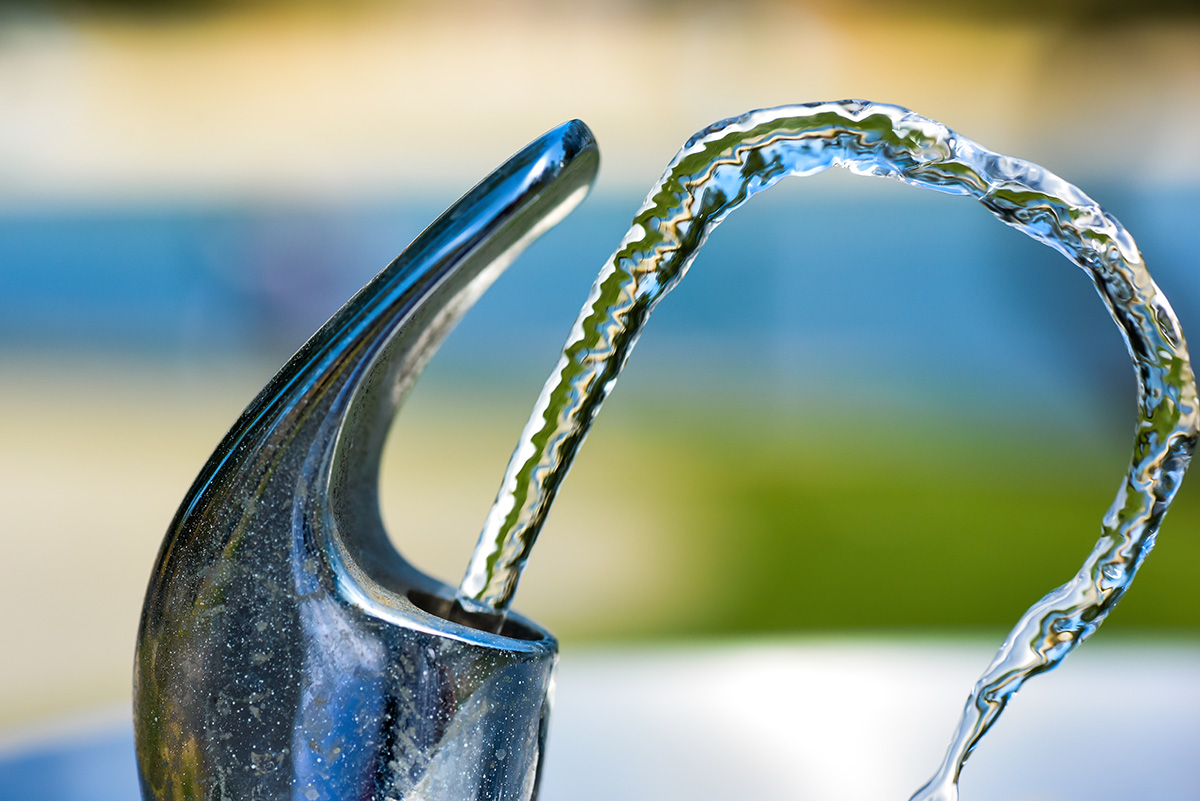The Dilemma: Legionella Control vs. Scalding Risk
In managing building water systems, especially in healthcare facilities, nursing homes, and other places where vulnerable populations reside, the risk of Legionella bacteria and scalding from hot water must be meticulously balanced. This balancing act is not just a technical challenge but also a critical health and safety issue that requires expert intervention and management.
Understanding Legionella
Legionella pneumophila is a type of bacteria found naturally in freshwater environments, such as lakes and streams. However, it becomes a significant health concern when it grows and spreads in human-made water systems like cooling towers, hot water tanks, and large plumbing systems. When people breathe in small droplets of water that contain the bacteria, they can contract Legionnaires’ disease, a severe form of pneumonia, or Pontiac fever, a milder illness.
The Need for Hot Water
To control the growth of Legionella, hot water systems must maintain temperatures of at least 140°F (60°C). At these temperatures, the bacteria cannot survive. However, such high temperatures pose another risk: scalding. Scald burns can occur within seconds, especially among the elderly, young children, and individuals with disabilities.
The Scalding Risk
The risk of scalding increases significantly when water temperatures exceed 120°F (49°C). For example, water at 140°F can cause a third-degree burn in just five seconds. Therefore, while maintaining water temperatures high enough to kill Legionella is crucial, it’s equally important to prevent scalding injuries.
Balancing the Risks
The challenge lies in finding a balance between these two risks. Several strategies can be employed to manage this delicate balance:
Temperature Control and Monitoring: Using advanced temperature control and monitoring systems can ensure that water temperatures are maintained at safe levels to control Legionella while minimizing the risk of scalding. These systems can provide real-time data and alerts, enabling immediate action when temperatures deviate from safe ranges.
Thermostatic Mixing Valves (TMVs): TMVs blend hot and cold water to deliver water at a safe, consistent temperature. Installing TMVs at points of use, such as faucets and showers, can help prevent scalding while ensuring that the water is hot enough to control Legionella growth within the system.
Regular Maintenance and Flushing: Regular maintenance and flushing of water systems can help prevent the buildup of Legionella. This includes cleaning and descaling hot water tanks, inspecting and servicing TMVs, and ensuring that water is circulated properly throughout the system.
Risk Assessments and Water Safety Plans: Conducting thorough risk assessments and implementing comprehensive water safety plans are essential. These plans should identify potential hazards, assess risks, and establish control measures to ensure the safety of the water system.
Expert Solutions for Legionella Control
Given the complexities involved in balancing Legionella control with scalding risk, professional assistance is often necessary. Experts in environmental health and safety, like Wellington Environmental, provide specialized Legionella Water Treatment services in St. Louis, MO. We offer comprehensive solutions, including risk assessments, water testing, and the implementation of effective control measures, ensuring that your water systems are safe and compliant with health regulations.




